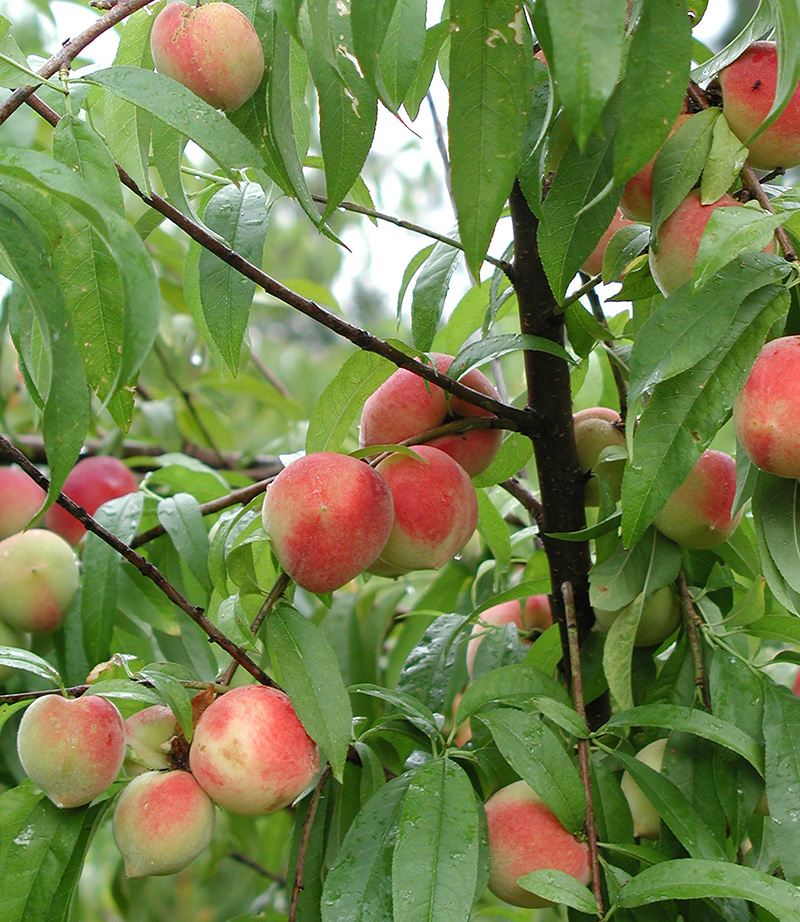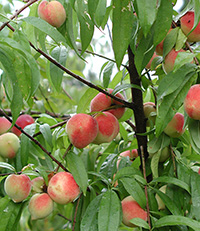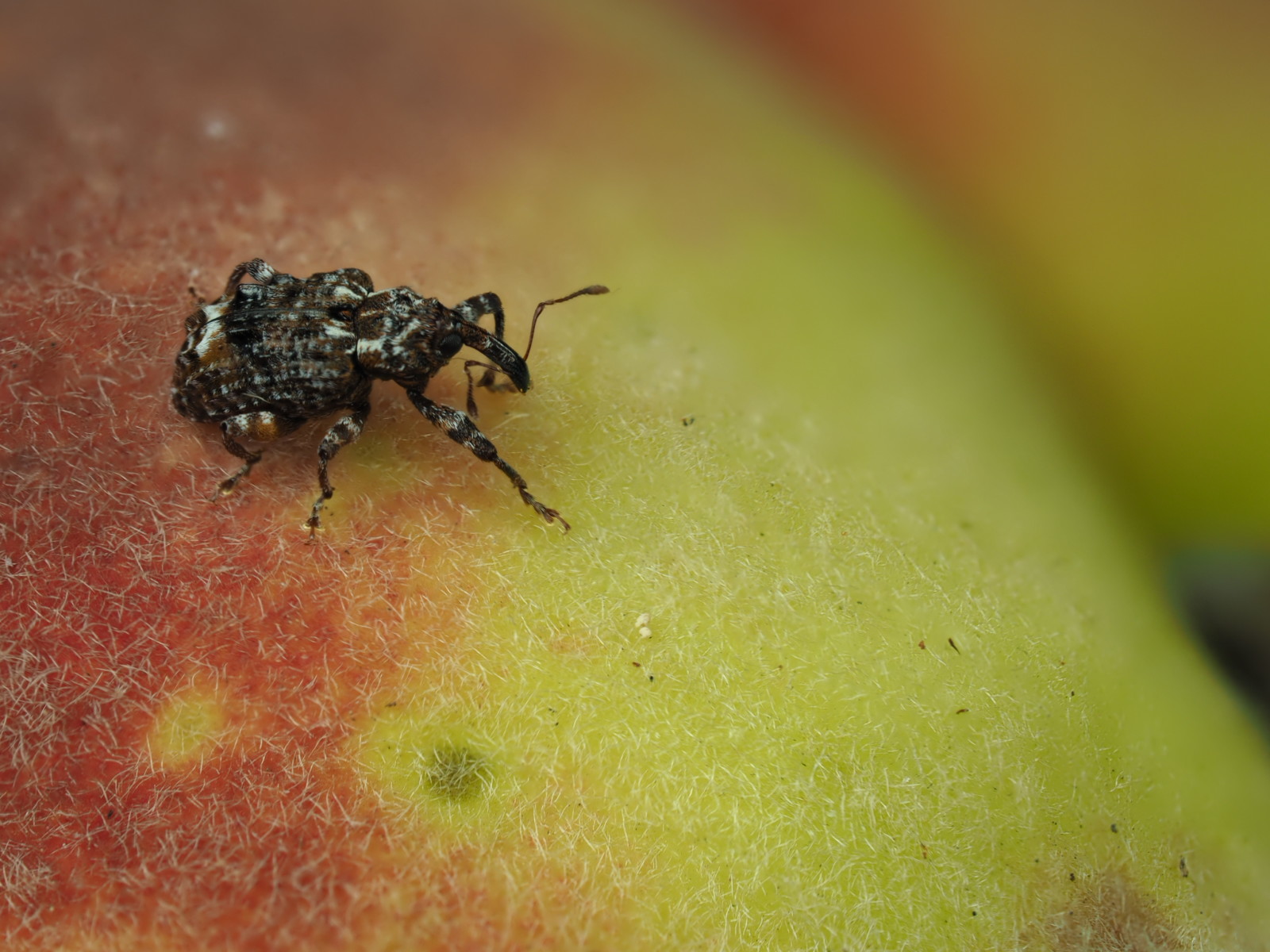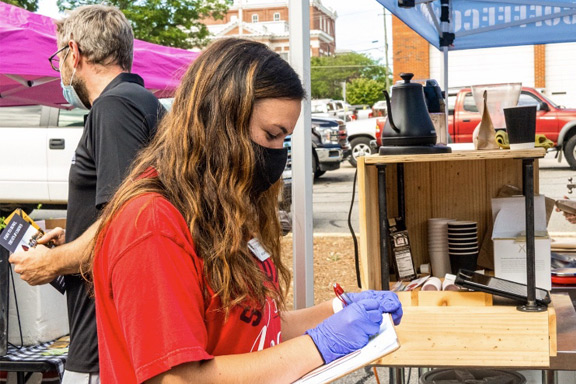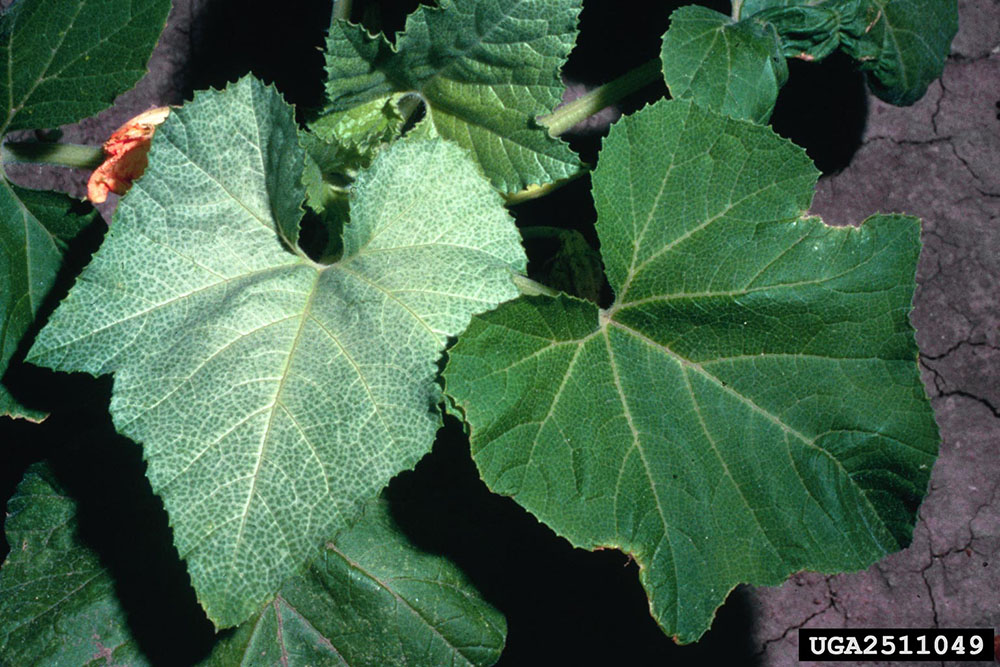Georgia’s peach crop may suffer this year due to insufficient chill hours, which are essential to peach production, according to Jeff Cook, University of Georgia Cooperative Extension Agriculture and Natural Resources agent in Taylor and Peach counties.
Depending on the variety, peaches need a minimum of 500 to 800 chill hours. Much of the peach crop has been unable to break dormancy and progress from a closed, tight bud to a fruit due to this year’s unseasonably warm winter conditions.
“We’re about 300 hours or more away from where we want to be,” Cook said. “We are definitely going to see some yield reduction, but it is hard to know how much right now.”
According to UGA Extension pecan specialist Lenny Wells, fruit trees require a certain number of hours below 45 degrees Fahrenheit to break down growth inhibitors in buds, which allow them to produce fruit in the spring. The number of chill hours required to break dormancy varies among peach varieties.
While the low-chill varieties are blooming, the high-chill varieties are expected to bloom later than normal, Cook said. In normal years with lower temperatures, blooms typically set around early to mid-March. This year, however, high-chill varieties will not bloom until late March or mid-April. Cook said blooms may appear at the tips of stems, but the bases of branches will have tight buds.
Sporadic blooms can lead to varying fruit size and pit deformities, which becomes a quality issue. Though these factors don’t affect flavor, these peaches are less likely to visually appeal to consumers.
“Chill hours are the key to producing a successful peach. All Georgia peach farmers realize that we haven’t had a cool winter this year, so a decrease in this year’s crop is expected,” Wells said. “How much of a decline remains to be seen.”
Growers have tried to combat the low number of chill hours by leaving more wood on the trees so that more fruit will grow, and by applying chemicals to help the fruit break dormancy. This chemical has been sprayed on many acres this year, and growers tend to have better luck in low-chill environments, such as Florida and south Georgia, Cook said.
According to the UGA Center for Agribusiness and Economic Development, the farm gate value for Georgia peaches in 2015 came in at more than $48.9 million.
For more information about Georgia’s peach crop, see UGA Extension’s peach blog update at blog.extension.uga.edu/peaches.
(Julia Rodriquez is an intern at UGA Tifton.)

